SUMMARY
This is AI generated summarization, which may have errors. For context, always refer to the full article.
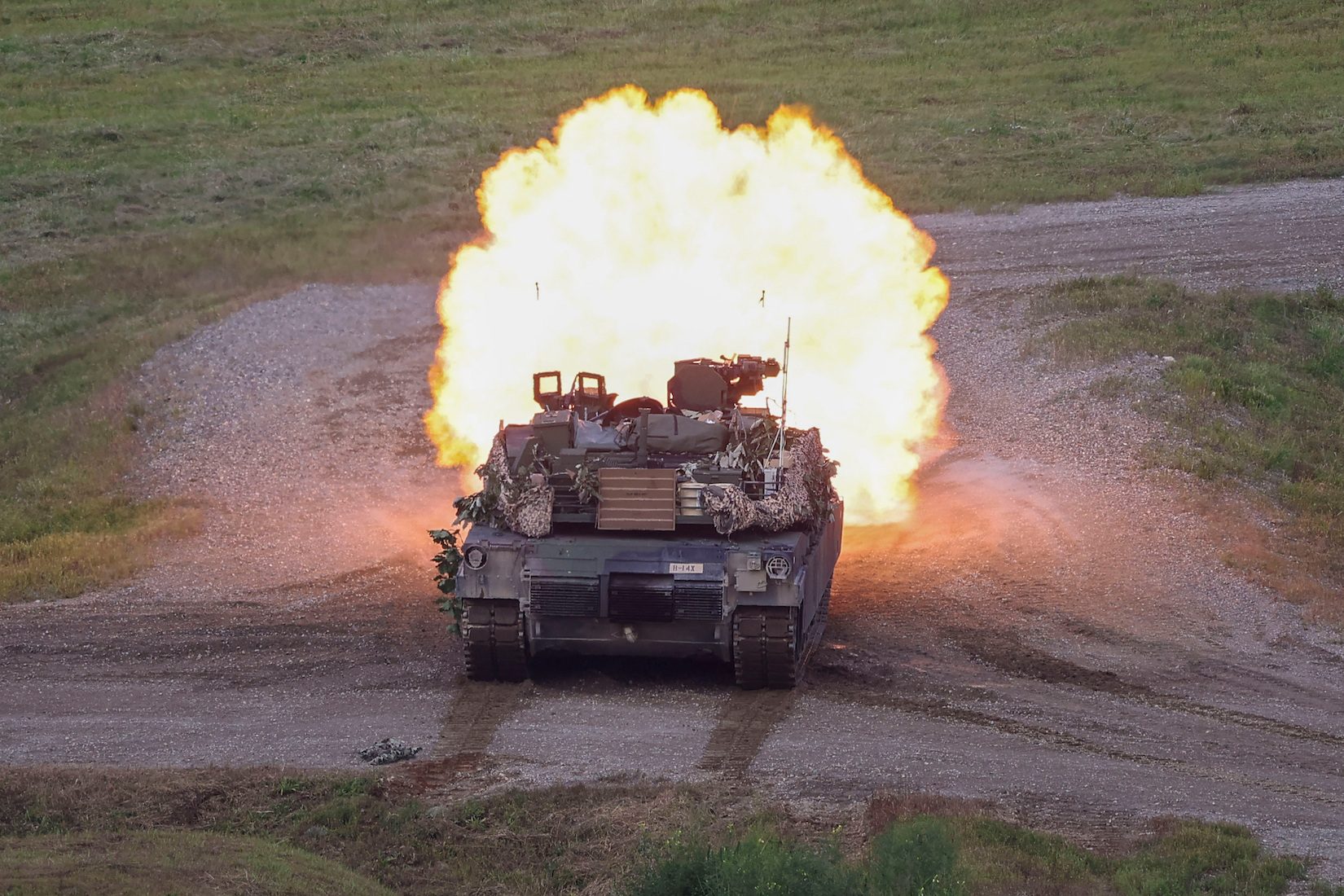
POCHEON, South Korea – Less than 20 miles from the fortified border with North Korea, a combined force of South Korean and US troops held a major live-fire exercise on Wednesday, August 31, with artillery, tanks and other weapons as the allies step up their practice for war.
South Korea and the United States have resumed the largest field exercises in years after diplomatic efforts and COVID-19 restrictions led to many drills being scaled back.
The allies see the exercises as a key part of their efforts to deter North Korea and its growing nuclear arsenal, but North Korea has called them a rehearsal for war and they have faced criticism even in South Korea and the United States.
Reuters was among a handful of media granted rare access to the drills on Wednesday.
They were the first division-level exercises for the 2nd Infantry Division/ROK-U.S. Combined Division, the US military’s only multinational division formed in 2015. ROK are the initials for South Korea’s official name.
The drills included live fire from American and South Korean howitzers, tanks, machine guns, and mortars. A-10 attack aircraft and Apache helicopters also participated.
Rounds from howitzers pounded into a mountainside at the Rodriguez Life Fire Complex, as main battle tanks from both sides maneuvered and fired their guns at targets, sending shockwaves across the valley.
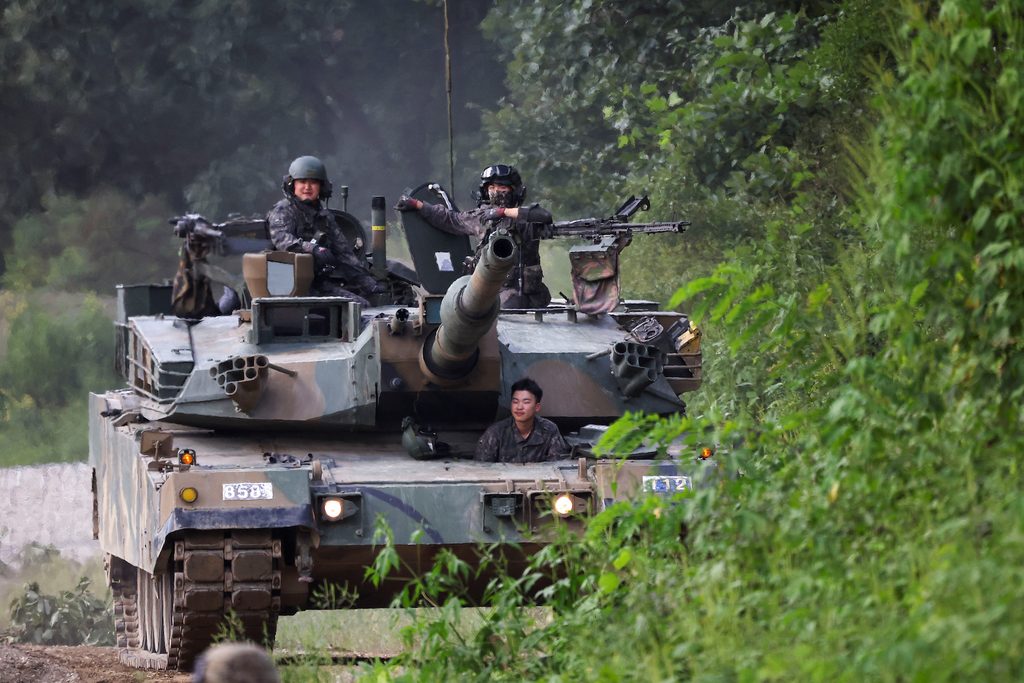
Colonel Brandon Anderson, the division’s deputy commander for maneuver, said the drills were not aimed at any one adversary, but they obviously took into account the “reason for the US-ROK alliance” – alluding to North Korea.
The drills were designed to simulate battling a “near-peer” enemy who could match the allies in capabilities, he said.
“We’re training for large-scale combat operations,” Anderson said, noting that the conflict in Ukraine had provided lessons on the need to improve long-range artillery and surveillance and reconnaissance capabilities.
He denied that these drills were among those delayed for political reasons but said COVID and the logistical challenges of pulling off a multinational exercise with live ammunition meant the allies had been unable to conduct the practice until now.
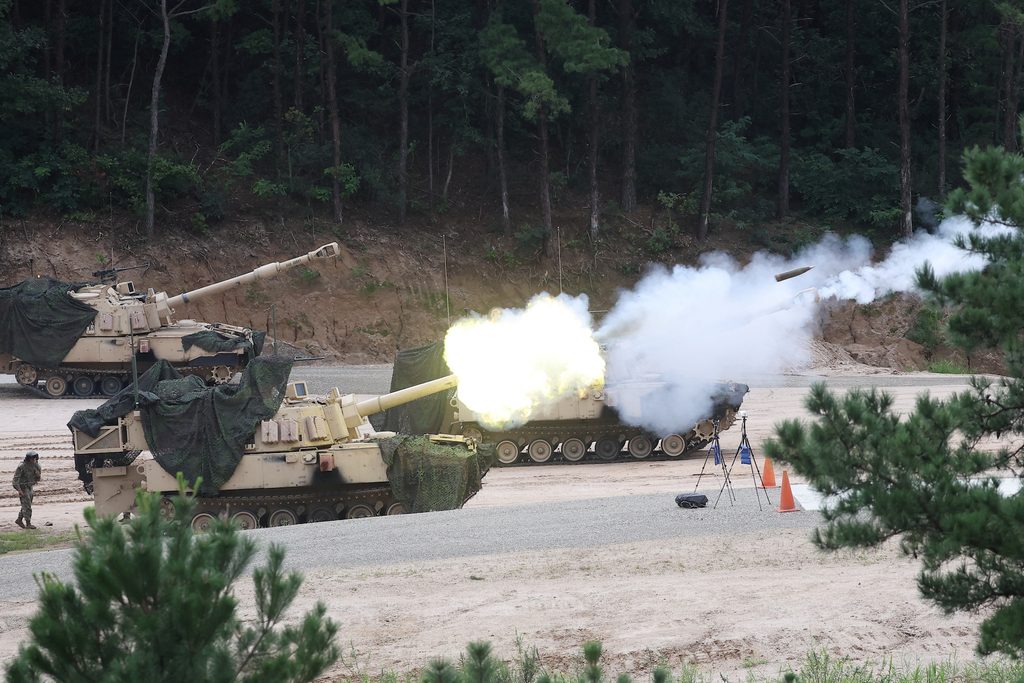
Many large exercises were cancelled starting in 2018 as then-US President Donald Trump tried to persuade North Korean leader Kim Jong-un to give up his nuclear weapons. COVID later disrupted more drills.
A former senior defense official told Reuters that in many cases US and South Korean forces continued to train but did not publicize it.
That has changed, with both the United States and South Korea increasingly touting their alliance in the face of increased missile tests by North Korea, and the prospect of it testing another nuclear weapon. – Rappler.com
Add a comment
How does this make you feel?
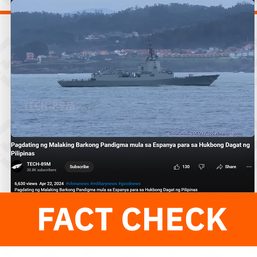
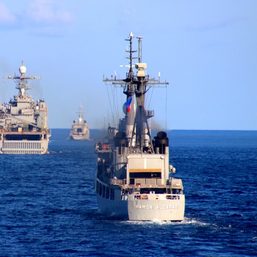
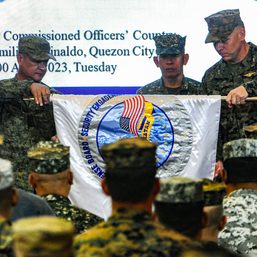
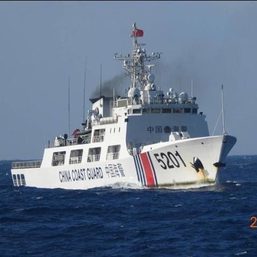
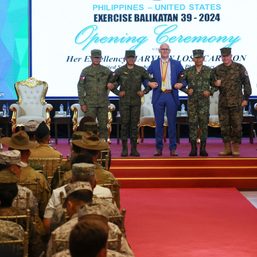
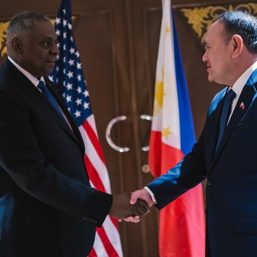
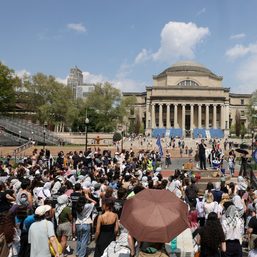
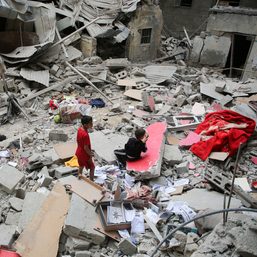
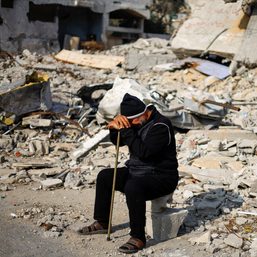
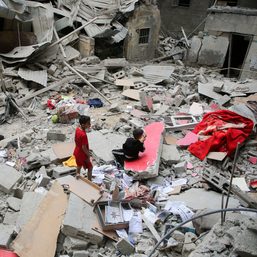
There are no comments yet. Add your comment to start the conversation.